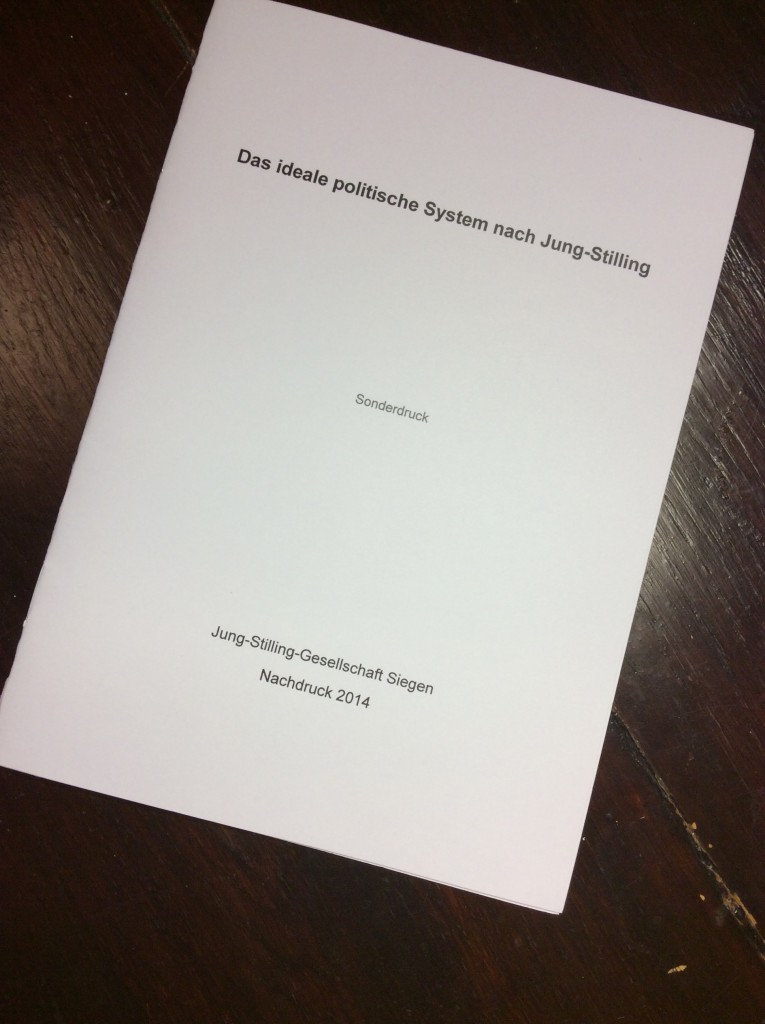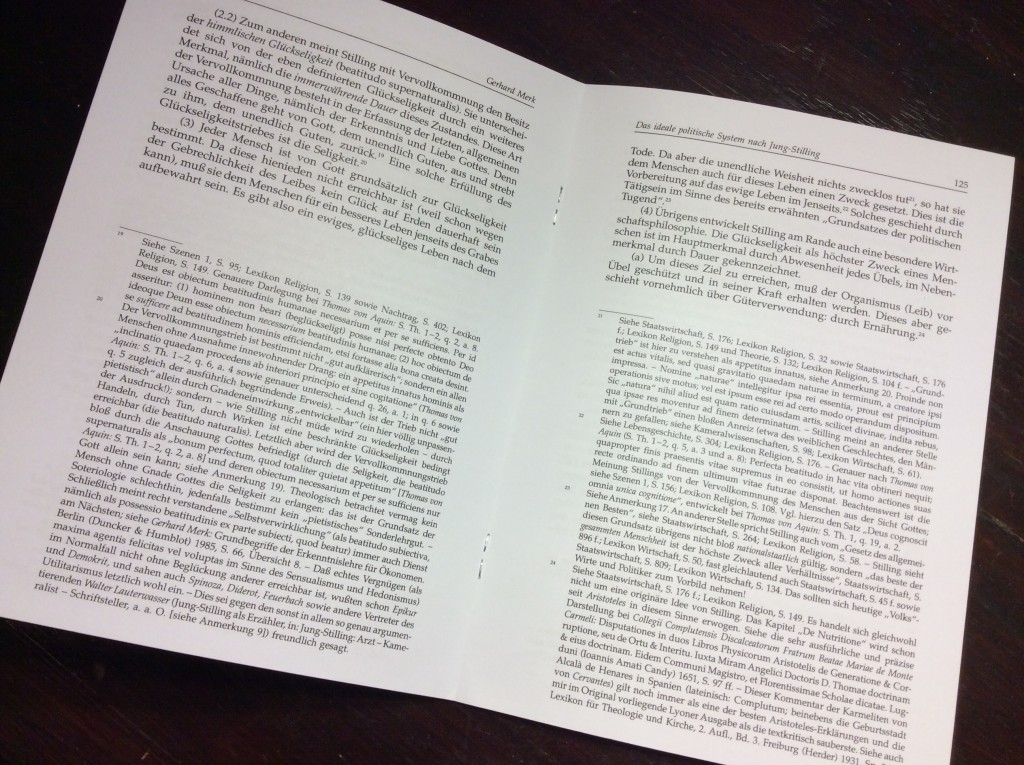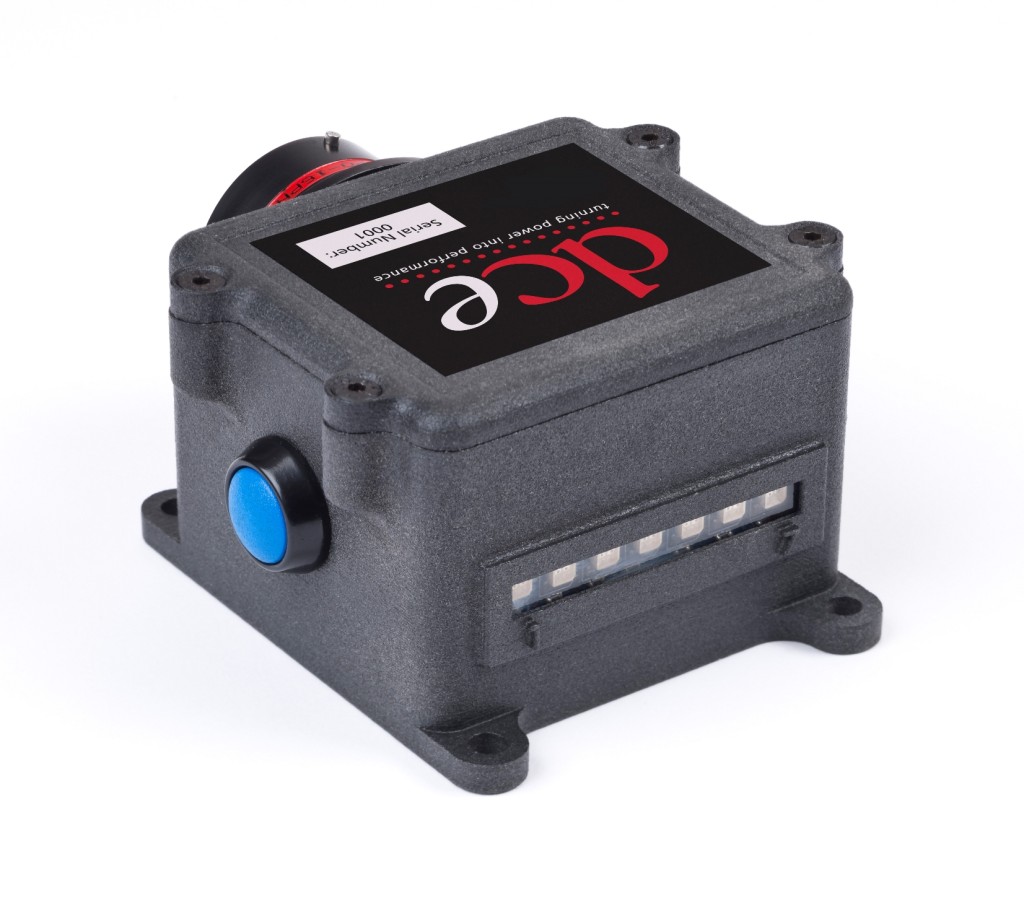Neu erschienen: Das ideale politische System nach Jung-Stilling (Sonderdruck)




Lehrveranstaltung im Winter-Semester 2014/15
Allgemeine und besondere Fälle aus der Wirtschaftspolitik
Übung montags 16-18 Uhr, Raum H-B 6414
Allgemeine und besondere Fälle aus der Wirtschaftspolitik
Übung im Winter-Semester 2014/15, montags 16-18 Uhr, Raum H-B 6414
Zur Teilnahme freundlich eingeladen sind Studierende der Wirtschaftswissenschaften jedes Semesters sowie Interessierte aus anderen Fakultäten und Gasthörer.
Ziel der Lehrveranstaltung:
Mit den so erreichten Einblicken und Erkenntnissen soll der Blick für die vielfältigen kurzfristigen und langfristigen Auswirkungen jeder bezüglichen Massnahme gestärkt werden. Dies aber ist fraglos eine Voraussetzung zur sachkompetenten Beurteilung jetziger und zukünftiger wirtschaftspolitischer Massnahmen. Der Dozent hat eine Liste von wirtschaftspolitischen Massnahmen aus allen Zeitepochen sowie aus mannigfaltigen Bereichen der Wirtschaftspolitik zusammengestellt. Diese Sammlung ist kostenlos, sicher und anonym abrufbar unter der URL
http://www.wiwi.uni-siegen.de/merk/downloads/lehrmittel/uebungsfragen_volkswirtschaftslehre.pdf
und sollte als Grundlage der Erörterungen in dieser Lehrveranstaltung dienen. Es können aber daneben auch jederzeit gern von den Teilnehmern vorgetragene Fälle und Ereignisse aus der Gegenwart und Vergangenheit besprochen werden. Zwar ist eine persönliche Beteiligung und damit die Mitwirkung an den Lösung der vorgestellten Aufgaben erwünscht. Indessen wird keiner der Anwesenden zu dieser Form der Teilnahme gezwungen; und niemand wird aufgerufen, es sei denn, er meldet sich durch Handzeichen.
Zu Auskünften über die Übung steht der Dozent und seine Mitarbeiter gern zur Verfügung.
Universitätsprofessor Dr. Gerhard Merk,
Diplom-Volkswirt, Diplom-Handelslehrer
Universität Siegen, Fakultät III
http://www.wiwi.uni-siegen.de/merk
Download Flyer: Allgemeine und besondere Fälle aus der Wirtschaftspolitik
CRP USA www.crp-usa.net together with DC Electronics have developed an electrical enclosure using the technology of 3D Printing and Windform Laser Sintering (LS) materials. DC Electronics is a company based in the UK and in Mooresville North Carolina. It is one of the leading manufacturers of custom built electrical systems for the motorsport industry.
CRP USA with the service of additive manufacturing with Windform (www.windform.eu) materials supported DC Electronics in the construction of a custom electrical enclosure for the Nascar racecars.
The NASCAR Sprint Cup championship moved to electronic fuel injection for the control of their engines in February 2012. Part of the mandated electrical system included a relay control box to switch a 12v power supply to the various sensors, actuators and fuel pumps. The relay box contains electro-mechanical devices (relays) and two circuit breakers.
In total the device switches power to 7 individual circuits so already 5 channels contained no circuit protection. Early problems with circuit breakers tripping has led to many teams bypassing these devices, leading to no circuit protection at all.
The unit DC Electronics has designed is manufactured from solid state components so no moving parts are effected by vibration. Each circuit is pre-programmed with the maximum safe current that the wiring loom can take, should the current exceed this (due to accident damage or faulty component) the output is switched off before damage can occur to the wiring harness.
In addition to this, each circuit has a bi-colour LED assigned to it on the outside wall of the box, this is used for rapid fault finding of any potential problems. The LED displays if the circuit is off, on or in a fault condition.
The Windform LX2.0 (www.windform.eu) was used to enclose electronics. The mechanical features of Windform LX2.0 make it the right material in this kind of application. Windform LX 2.0 has a good tensile strength thanks to a mineral fiber reinforcement. It has a heat resistance with a melting point of around 180 ° C. It has a natural black color and the finished surface can be smoothed to Ra = 1.5 microns. It is also non-conductive. This represents a crucial feature in building the electrical enclosure.
The main criteria that the component had to satisfy was being as light as possible whilst the shape allowed it to be retro-fitted to existing mounting brackets.
The component had to be strong enough to resist damage when being fitted to the mounting cradle, whilst also able to handle and dissipate any heat generated by the circuit board.
DC Electronics tested previously a machined billet box and a carbon composite box.
The billet box was heavy and expensive to produce. The carbon composite box also proved costly and was not best suited to small changes in design as the project progressed, as this necessitated new molds and patterns to be made for each change.
CRP USA (www.crp-usa.net) offered DC Electronics to build the part with Windform materials and 3D Printing. The solution was the most suitable and the final Windform LX2.0 component proved to be lighter in weight than both the billet and carbon composite boxes.
The biggest advantage for DC Electronics to use Windform LX2.0 and 3D Printing was the rapid delivery of production suitable parts at a sensible price. In addition any design changes could be made quickly and easily to the CAD model. “With this particular project we have found no limiting factors”, states David Cunliffe, Managing Director and Co-founder of DC Electronics.
“The biggest factor that pushed us towards Windform was the speed in constructing the parts, the mechanical features of the material and the ease of delivery”, said David Cunliffe.
“Moreover CRP USA also carried out the design of the enclosure for us and this was a useful value added service and will now lead us to looking to CRP USA and Windform materials for future products that we have in development.”
Windform LX2.0 and 3D Printing have achieved the final result successfully. The electrical enclosure was tested on racetrack and the component was fully reliable. Thanks to the technology of additive manufacturing and Windform materials it was possible for DC Electronics to have in short time a reliable electrical enclosure for the Nascar racecars.
Press Office CRP Group
Francesca Cuoghi pressoffice@crp.eu
www.crp.eu
www.crptechnology.eu

Windform laser sintering materials conquer the space. 3D-printed parts of the CubeSat KySat-2 have been built with additive manufacturing and Windform XT 2.0, the proprietary material of CRP Technology.
CRP USA (www.crp-usa.net) is pleased to announce the successful launch of Windform (www.windform.eu) as part of the collaborative KySat-2 project, a 1U CubeSat, by students at the University of Kentucky and Morehead State University, in conjunction with Kentucky Space acting as the mission manager and coordinator.
“Congratulations to the KySat-2 team on a very successful launch. We are excited for the KySat-2 team, and are looking forward to following their mission,” said Stewart Davis, Director of Operations CRP USA. “As part of our overall work to expand the use of Windform beyond motorsports, this launch is another successful project that continues to add to our growing space flight heritage.”
On Tuesday, November 19, 2013 the collaborative team of students from the University of Kentucky and Morehead State University along with Kentucky Space, launched the KySat-2 into orbit as part of the NASA ElaNa IV mission out of Wallops Flight Facility in Virginia. Thirty-five (35) minutes after deployment from the launch vehicle, KySat-2 began beaconing its telemetry data and was almost immediately heard by amateur radio operators. Since then, the KySat-2 team began performing system checks for each of the various subsystems that make up the satellite. According to the KySat-2 team, all systems have been performing nominally.
“There were several 3d printed components on the KySat-2 made by CRP USA from CRP Technology’s proprietary material Windform XT 2.0,” explains Twyman Clements, KySat-2 Project Manager, Kentucky Space. “One of the subsystems, is the camera systems that acts as an attitude determination system called Stellar Gyro. The 3d printed parts, were produced using the additive manufacturing technology Selective Laser Sintering and Windform XT 2.0 material. The additive manufactured process 3d printed the mounting hardware for the camera system, extensions for the separation switches, clips for holding the antennas in their stowed position, and the mounting bracket for the on board batteries. The process and the material were critical to achieve the right components for KySat-2.”
KySat-2’s main mission is to be an educational tool and demonstration for the students working on the satellite. KySat-2 was designed, built, and tested entirely by students and engineers, with most of the subsystems designed in-house.
CRP USA together with CRP Technology (www.crptechnology.eu) produced five Windform XT 2.0 parts that are incorporated into the deployable solar panels on the KySat-2; camera annulus, lens cover, deployable extensions, antenna clips, and battery holders. One of the highest levels of Windform materials, Windform XT 2.0 is a high performance material filled with carbon fiber and offers maximum mechanical performance for 3D printed parts. The material combines maximum toughness and robustness, yet produces an extremely light, final part that doesn’t impact the overall production weight of the KySat-2 unit. Utilizing the additive manufactured technology, Selective Laser Sintering (SLS), and Windform XT 2.0 material final parts for small productions can easily replace parts that are usually produced with traditional technology, or are otherwise unmanufacturable. This makes Windform a material that can stretch the limits of SLS applications, even in space applications.
KySat-2 was launched on board a Minotaur I rocket built by Orbital Sciences. Typically, operational lifetime for a CubeSat is around 1 year due to radiation exposure and damage to the batteries. The KySat-2 will remain operational as long as the team is able to make reliable contact to the satellite. Testing has already begun on the subsystems and the team is hopeful they will be able to take pictures and download them from the spacecraft in the next few weeks.
www.youtube.com/watch?v=cx5rnXNR07U&list=UUYbzTkDfrumpOc00TkKrJiA
ABOUT KENTUCKY SPACE LLC
Kentucky Space LLC is an ambitious, non-profit enterprise focused on R&D, educational, small entrepreneurial and commercial space solutions. For more information visit, www.kentuckyspace.com
ABOUT CRP USA
CRP USA is based in Mooresville, NC, and specializes in Additive Manufacturing and 3D printing applications. CRP USA provides concept model, prototypes, and manufactured parts for industries including: Design, Entertainment, Racing, Space and UAV. For more information visit www.crp-usa.ne
ABOUT CRP GROUP
CRP Group is dedicated to the activity of additive manufacturing and high performing CNC machining ranging from the motorsports industry to the aviation, aerospace, automotive, sailing, design and UAV industry with the use of Windform SLS powder and innovative CNC machines. For more information visit www.crp.e
ABOUT WINDOFRM XT 2.0
Windform composite SLS materials are manufactured by CRP Group. Windform XT 2.0 is a high-tech material developed specifically for the additive manufacturing technology known as selective laser sintering (SLS). The material is suitable for applications and industries that require high performance including: Motorsports, Automotive (for components under the hood, such as intake manifolds, functional cooling ducts), Air (for components UAV, Unmanned Aerial Vehicle), Aerospace (to create prototype satellites, such as CubeSat), and Design, as it allows applications that are fully functional, as well as bench testing, or testing and racing on the track. For more information visit www.windform.eu
Francesca Cuoghi
Email: fcuoghi@crp.eu
Phone: +39 059 821135